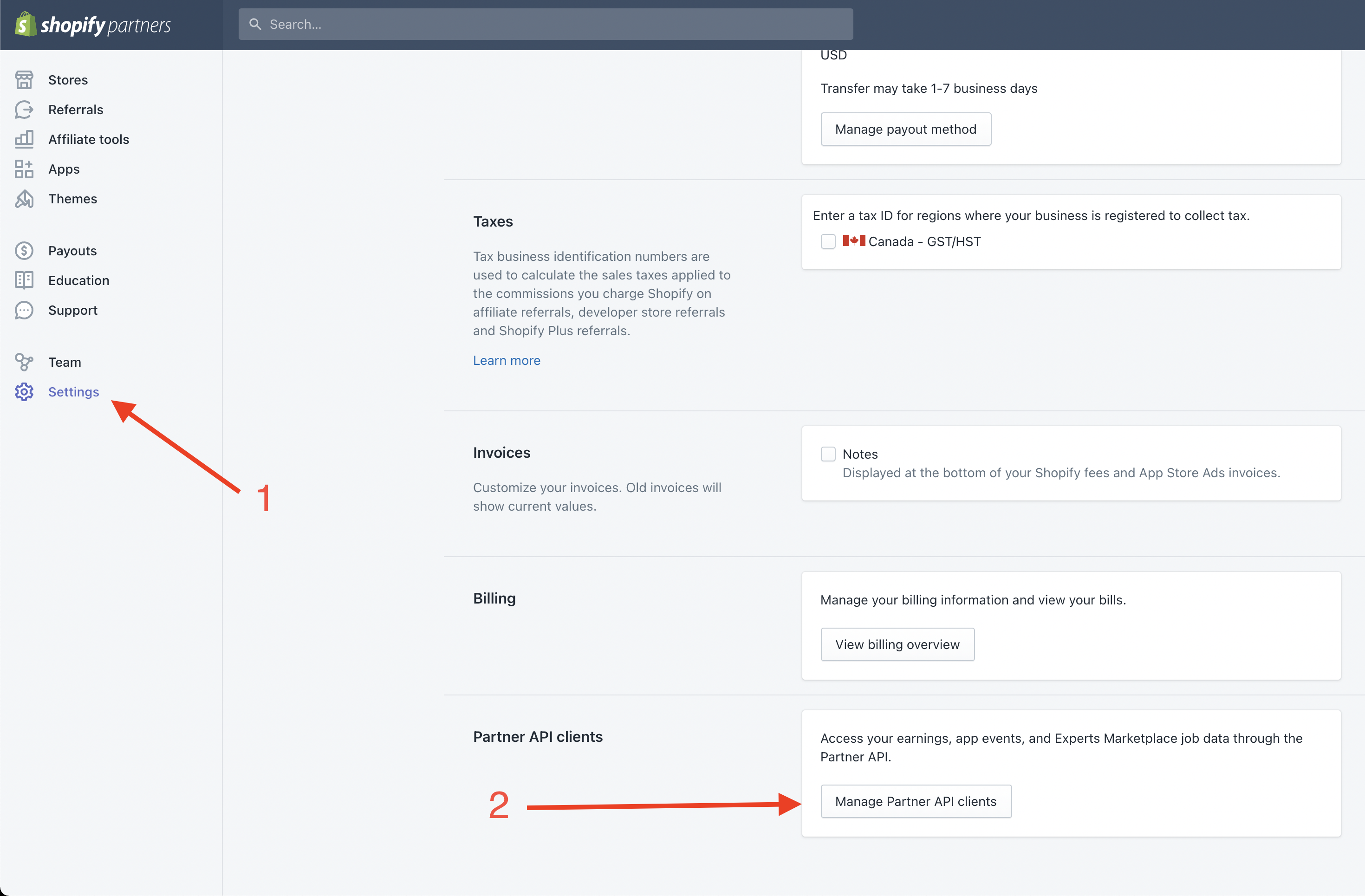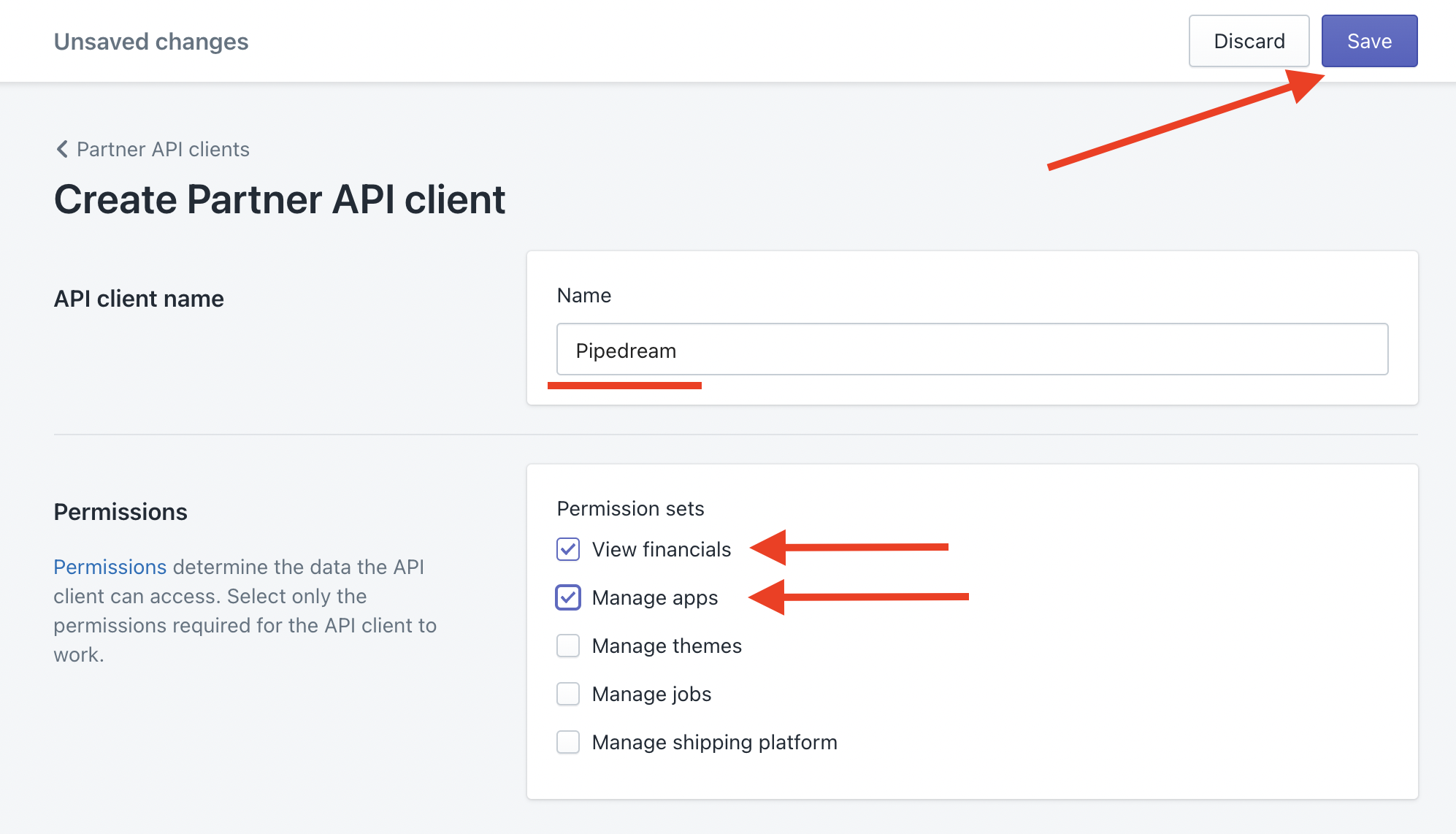import notion from "../../notion.app.mjs";
import base from "../common/base-page-builder.mjs";
import { appendBlocks } from "notion-helper";
export default {
...base,
key: "notion-append-block",
name: "Append Block to Parent",
description: "Append new and/or existing blocks to the specified parent. [See the documentation](https://developers.notion.com/reference/patch-block-children)",
version: "0.4.1",
annotations: {
destructiveHint: false,
openWorldHint: true,
readOnlyHint: false,
},
type: "action",
props: {
notion,
pageId: {
propDefinition: [
notion,
"pageId",
],
label: "Parent Block ID",
description: "Select a parent block/page or provide its ID",
},
blockTypes: {
type: "string[]",
label: "Block Type(s)",
description: "Select which type(s) of block you'd like to append",
reloadProps: true,
options: [
{
label: "Append existing blocks",
value: "blockIds",
},
{
label: "Provide Markdown content to create new blocks with",
value: "markdownContents",
},
{
label: "Provide Image URLs to create new image blocks",
value: "imageUrls",
},
],
},
blockIds: {
propDefinition: [
notion,
"pageId",
],
type: "string[]",
label: "Existing Block IDs",
description: "Select one or more block(s) or page(s) to append (selecting a page appends its children). You can also provide block or page IDs.",
hidden: true,
},
markdownContents: {
type: "string[]",
label: "Markdown Contents",
description:
"Each entry is the content of a new block to append, using Markdown syntax. [See the documentation](https://www.notion.com/help/writing-and-editing-basics#markdown-and-shortcuts) for more information",
hidden: true,
},
imageUrls: {
type: "string[]",
label: "Image URLs",
description: "One or more Image URLs to append new image blocks with. [See the documentation](https://www.notion.com/help/images-files-and-media#media-block-types) for more information",
hidden: true,
},
},
additionalProps(currentProps) {
const { blockTypes } = this;
for (let prop of [
"blockIds",
"markdownContents",
"imageUrls",
]) {
currentProps[prop].hidden = !blockTypes.includes(prop);
}
return {};
},
async run({ $ }) {
const { blockTypes } = this;
const children = [];
if (blockTypes.includes("blockIds") && this.blockIds?.length > 0) {
for (const id of this.blockIds) {
const block = await this.notion.retrieveBlock(id);
block.children = await this.notion.retrieveBlockChildren(block);
const formattedChildren = await this.formatChildBlocks(block);
children.push(...formattedChildren);
}
}
if (blockTypes.includes("markdownContents") && this.markdownContents?.length > 0) {
for (const content of this.markdownContents) {
const block = this.createBlocks(content);
children.push(...block);
}
}
if (blockTypes.includes("imageUrls") && this.imageUrls?.length) {
for (const url of this.imageUrls) {
children.push({
type: "image",
image: {
type: "external",
external: {
url,
},
},
});
}
}
if (children.length === 0) {
$.export("$summary", "Nothing to append");
return;
}
const response = await appendBlocks({
client: await this.notion._getNotionClient(),
block_id: this.pageId,
children,
});
$.export("$summary", "Appended blocks successfully");
return response.apiResponses;
},
};
 Chase Roberts@chsrbrts@benedictevans If you haven’t used @pipedream yet, then you haven’t lived.
Chase Roberts@chsrbrts@benedictevans If you haven’t used @pipedream yet, then you haven’t lived. ✨Ellie Day✨@heyelliedayEvaluation update: @pipedream has quite literally been a dream to work with! I’m excited to leverage this tool for all the various workflows I need to write. I’m currently at 11k invocations a day from the initial workflows I’ve written in the past couple weeks.
✨Ellie Day✨@heyelliedayEvaluation update: @pipedream has quite literally been a dream to work with! I’m excited to leverage this tool for all the various workflows I need to write. I’m currently at 11k invocations a day from the initial workflows I’ve written in the past couple weeks. Michael Braedley@MBraedleyUpdate: I got it working properly, and it's working so well that I'm dropping IFTTT. @pipedream can do everything that IFTTT basic can, and most (if not all things) IFTTT pro can for free or at a reasonable price if you need it. I am recommending it for basically any power user.
Michael Braedley@MBraedleyUpdate: I got it working properly, and it's working so well that I'm dropping IFTTT. @pipedream can do everything that IFTTT basic can, and most (if not all things) IFTTT pro can for free or at a reasonable price if you need it. I am recommending it for basically any power user. Thomas Cutting@mrthomascuttingWant quick+dirty integrations for a serverless workflow - @pipedream is my new go-to 😃
Thomas Cutting@mrthomascuttingWant quick+dirty integrations for a serverless workflow - @pipedream is my new go-to 😃 Matthew Roberts@mattdotrobertsday 013 - finally hit node js. This is the secret sauce of taking #nocode projects that one step further. Pumped about getting deeper into @pipedream now
Matthew Roberts@mattdotrobertsday 013 - finally hit node js. This is the secret sauce of taking #nocode projects that one step further. Pumped about getting deeper into @pipedream now Kenneth Auchenberg 💭@auchenbergYahoo Pipes is back! Kinda 😍 @pipedream
Kenneth Auchenberg 💭@auchenbergYahoo Pipes is back! Kinda 😍 @pipedream Raymond Camden 🥑@raymondcamdenAwesome video by the @pipedream folks showing real time twitter sentiment analysis integrated with Google Sheets. This is where Pipedream *really* shines, connecting systems together in easy workflows.
Raymond Camden 🥑@raymondcamdenAwesome video by the @pipedream folks showing real time twitter sentiment analysis integrated with Google Sheets. This is where Pipedream *really* shines, connecting systems together in easy workflows. Nacho Caballero@nachocaballeroI couldn't recommend @pipedream more. It's an amazing service to integrate different APIs. Much more powerful than Zapier and more user-friendly than AWS Lambda. I'm very proud to wear this t-shirt #NoCode
Nacho Caballero@nachocaballeroI couldn't recommend @pipedream more. It's an amazing service to integrate different APIs. Much more powerful than Zapier and more user-friendly than AWS Lambda. I'm very proud to wear this t-shirt #NoCode Jason Snow@jyksnwDeveloped a working prototype environmental sensor IoT solution with @particle Photon, @pipedream, and @MongoDB with full graphing and alerting in less than a day! All amazing technology, will def. be exploring these more.
Jason Snow@jyksnwDeveloped a working prototype environmental sensor IoT solution with @particle Photon, @pipedream, and @MongoDB with full graphing and alerting in less than a day! All amazing technology, will def. be exploring these more. Steven Terrana@steven_terrana@burgwyn you've inspired me to finally set up my own blog. I'll make sure my first blog post explains the tech behind the setup. think @obsdmd + @GatsbyJS + @pipedream.
Steven Terrana@steven_terrana@burgwyn you've inspired me to finally set up my own blog. I'll make sure my first blog post explains the tech behind the setup. think @obsdmd + @GatsbyJS + @pipedream. 🚄 James Augeri, PhD@DotDotJamesWant to low-code your back end, need more horsepower than @Bubble / @KnackHQ, or just miss Yahoo! Pipes? Check out @PipeDream
🚄 James Augeri, PhD@DotDotJamesWant to low-code your back end, need more horsepower than @Bubble / @KnackHQ, or just miss Yahoo! Pipes? Check out @PipeDream Sébastien Chopin@AtinuxGitHub issues should be like @linear_app for maintainers. Looking forward more integrations with GH actions or tools like @pipedream 👀
Sébastien Chopin@AtinuxGitHub issues should be like @linear_app for maintainers. Looking forward more integrations with GH actions or tools like @pipedream 👀 Raul@raul_predescuIf you're a dev and not using @pipedream, you're missing out. Been using it for months, daily. FREE for devs. Plenty of integrations and good limits. Absolutely love it.
Raul@raul_predescuIf you're a dev and not using @pipedream, you're missing out. Been using it for months, daily. FREE for devs. Plenty of integrations and good limits. Absolutely love it. Bruno Skvorc@bitfallsSo @pipedream is pretty amazing. In 3 minutes I just made a flow which adds @rickastley's Never Gonna Give You Up to my @spotify playlist whenever a new pull request arrives in an old repo of mine.
Bruno Skvorc@bitfallsSo @pipedream is pretty amazing. In 3 minutes I just made a flow which adds @rickastley's Never Gonna Give You Up to my @spotify playlist whenever a new pull request arrives in an old repo of mine. Zach Lanich@ZachLanichUm, wow 🤯 @pipedream
Zach Lanich@ZachLanichUm, wow 🤯 @pipedream Steven Bell@bellontechI just used @pipedream to build a Shopify App. Wow, they make small backed tasks easy.
Steven Bell@bellontechI just used @pipedream to build a Shopify App. Wow, they make small backed tasks easy. Jay Hack 🎩🇺🇸@_jayhack_Very impressed with this bad boi - it reminds me of a @PalantirTech internal tool, but geared towards integrations instead of data analysis and far more customizable. Great expectations here 🚀🤩
Jay Hack 🎩🇺🇸@_jayhack_Very impressed with this bad boi - it reminds me of a @PalantirTech internal tool, but geared towards integrations instead of data analysis and far more customizable. Great expectations here 🚀🤩 Tree Sturgeon 🔥🚴♂️🌳@philsturgeonFor context this is day 2 of a really challenging and stupid migration from Notion to @airtable with disparate/missing data. It's going better than expected and thanks to @pipedream I don't have to bother the iOS dev to add W3W.
Tree Sturgeon 🔥🚴♂️🌳@philsturgeonFor context this is day 2 of a really challenging and stupid migration from Notion to @airtable with disparate/missing data. It's going better than expected and thanks to @pipedream I don't have to bother the iOS dev to add W3W.





